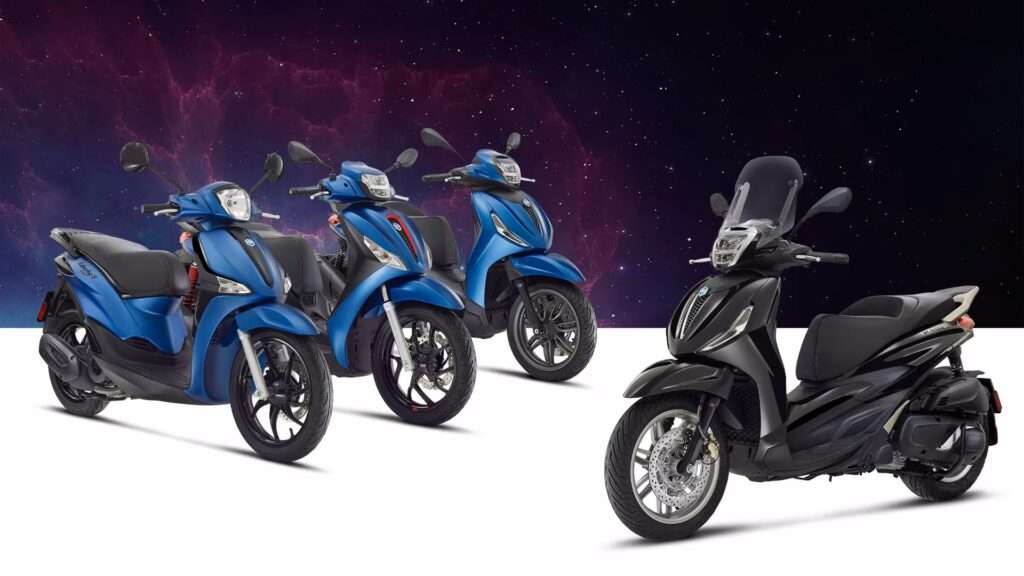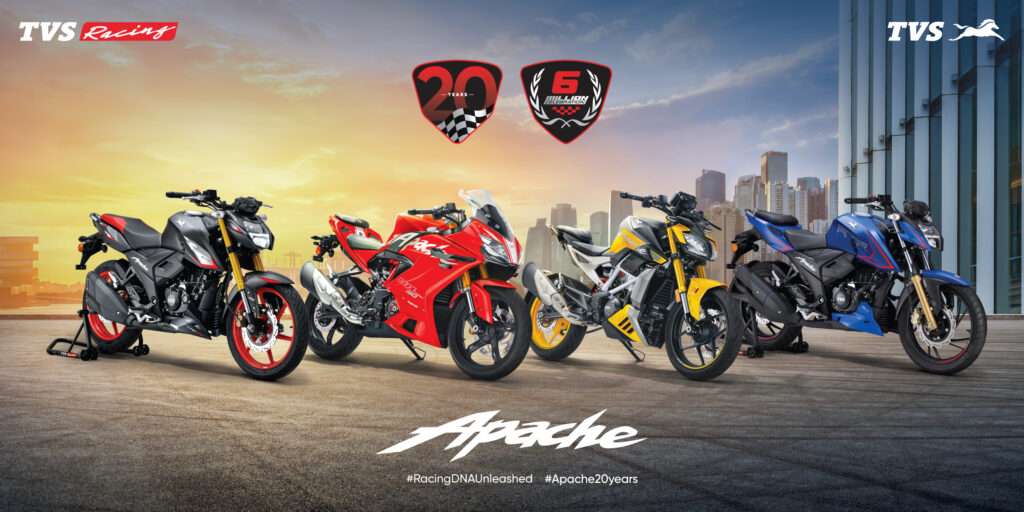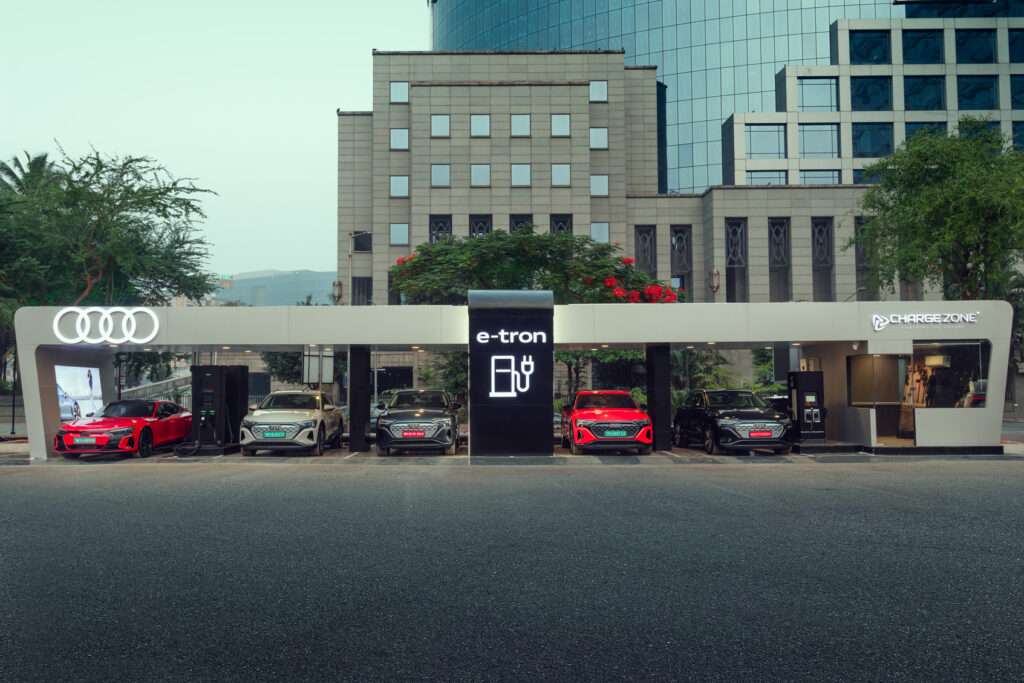In a move that could reshape the Indian two-wheeler landscape, Piaggio, the renowned Italian automobile manufacturer, is expected to soon finalize its decision regarding the potential launch of a new series of scooters tailored for the Indian consumer base. This strategic consideration marks a pivotal moment for the company as it seeks to strengthen its presence in one of the world’s most dynamic mobility markets.
With a legacy dating back to the late 19th century, Piaggio has long held a reputation for engineering excellence and iconic design. The Vespa, a flagship brand under its umbrella, has already established a notable presence in urban India, appreciated for its vintage charm and modern reliability. Yet, with consumer demands evolving rapidly—driven by technological advancement, environmental awareness, and a rising appetite for electric mobility—Piaggio appears ready to recalibrate its India strateg
According to recent statements from Diego Graffi, Chairman and Managing Director of Piaggio Vehicles Pvt. Ltd., the company is currently in the evaluation phase, carefully analyzing local market conditions, consumer behavior, and product viability. While specific details remain confidential, industry sources suggest that both internal combustion engine (ICE) and electric vehicle (EV) models are under serious consideration.
The Indian scooter segment has undergone a significant transformation in recent years. With increased interest in sustainable mobility and mounting fuel costs, electric scooters have gained considerable traction. Brands such as Ather Energy, TVS, and Ola Electric have made strong inroads, prompting legacy manufacturers to reconsider their offerings. Given that Piaggio already markets the Vespa Elettrica internationally, the possibility of introducing an India-specific electric model cannot be ruled out.
Furthermore, the Indian government’s push towards eco-friendly transportation, supported by initiatives like the FAME II subsidy scheme, has provided the necessary momentum for EV adoption. Should Piaggio decide to roll out an affordable and stylish electric scooter, it could strike a chord with younger, environmentally conscious consumers.
Nevertheless, Piaggio may also aim to diversify its portfolio by launching refreshed ICE scooters. These could feature upgraded specifications, enhanced safety features, and modern connectivity to appeal to discerning buyers still loyal to petrol-powered options. The company’s ability to blend heritage with innovation might give it a competitive edge in this evolving market.
Conclusion:
As Piaggio inches closer to a conclusive decision on its upcoming scooter range for India, anticipation is building across the industry. Whether the firm opts for a stronger push into electrification or a revitalized offering of ICE models, its entry is likely to stir competition and expand choices for Indian consumers. A formal announcement is expected in due course, potentially ushering in a new chapter for Piaggio’s journey in India.



